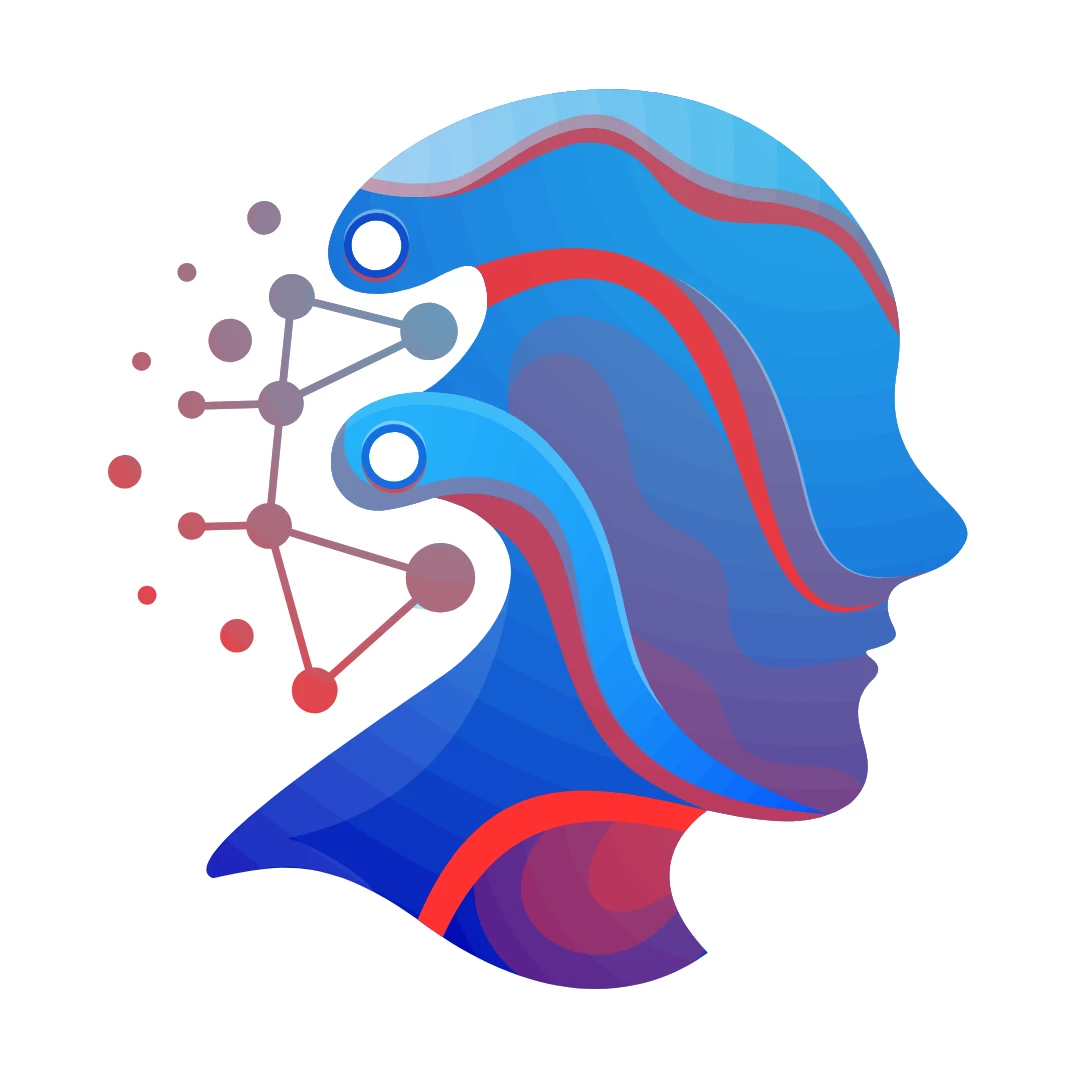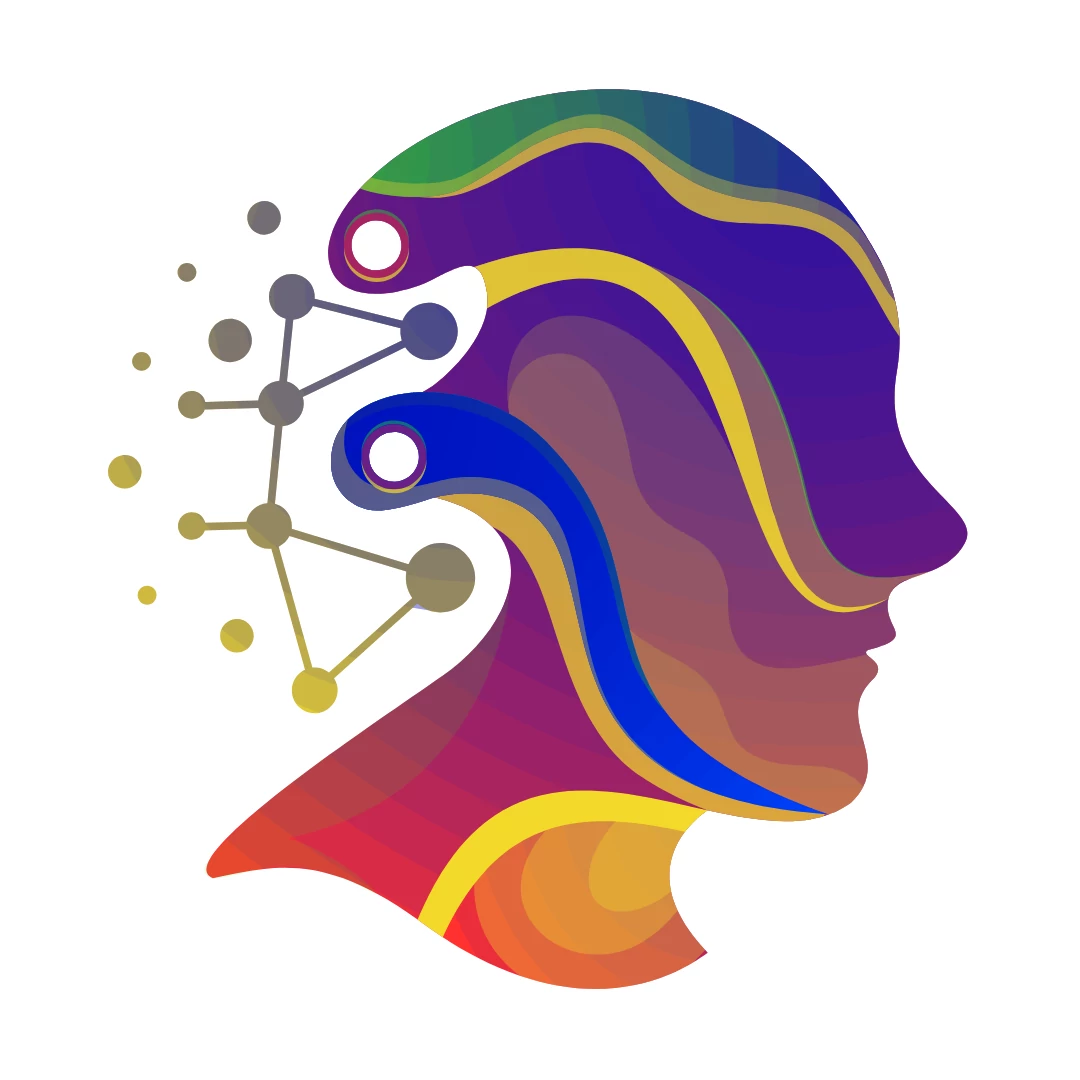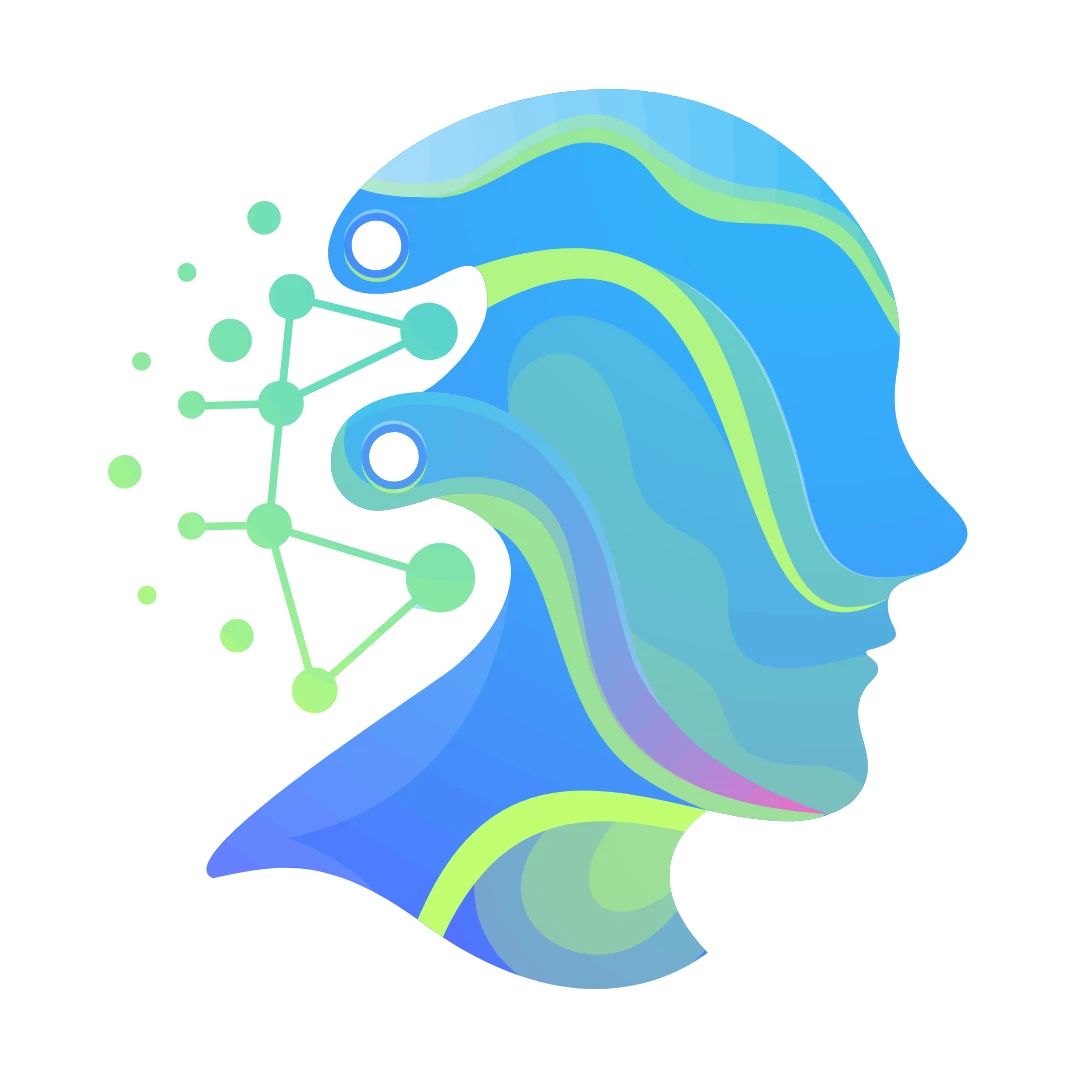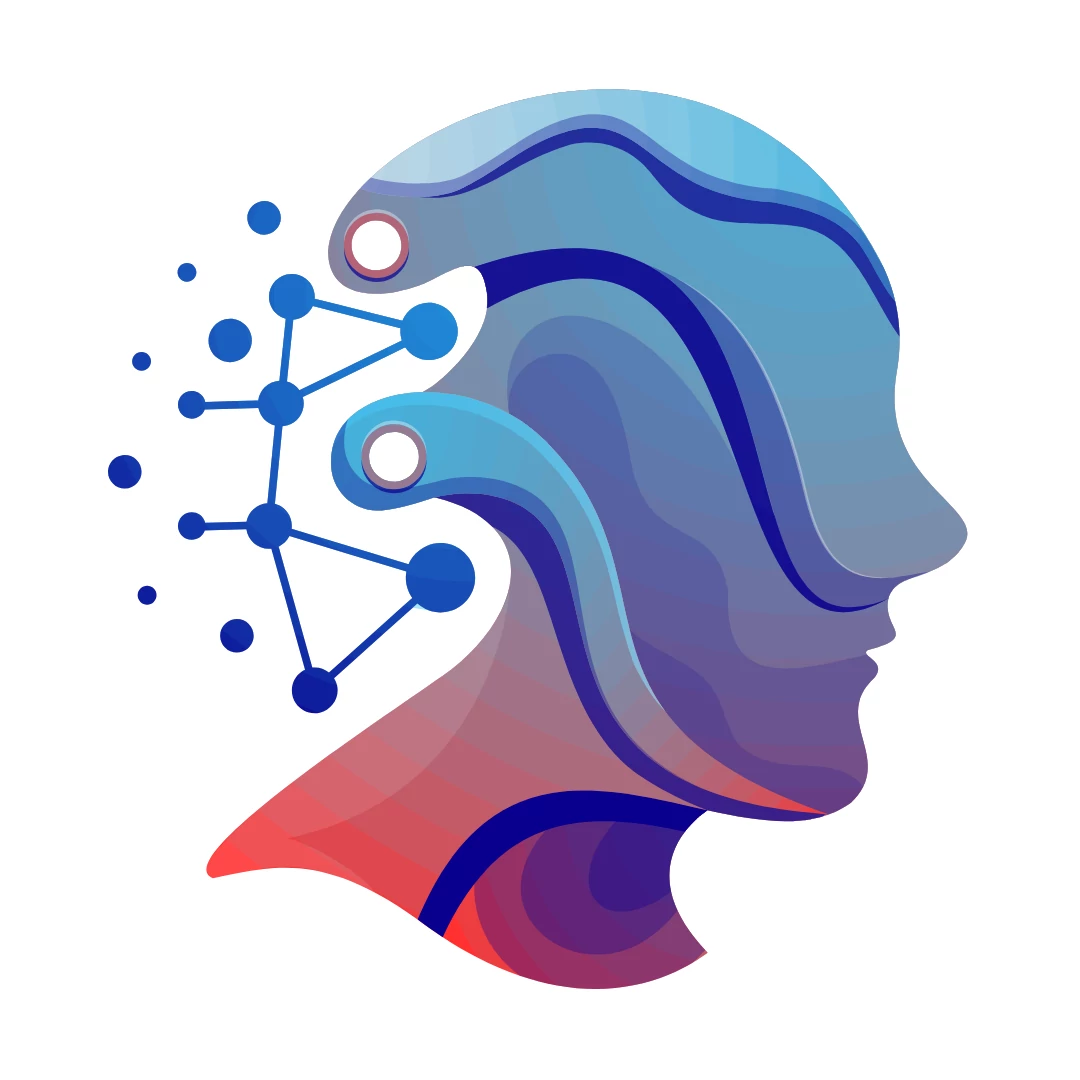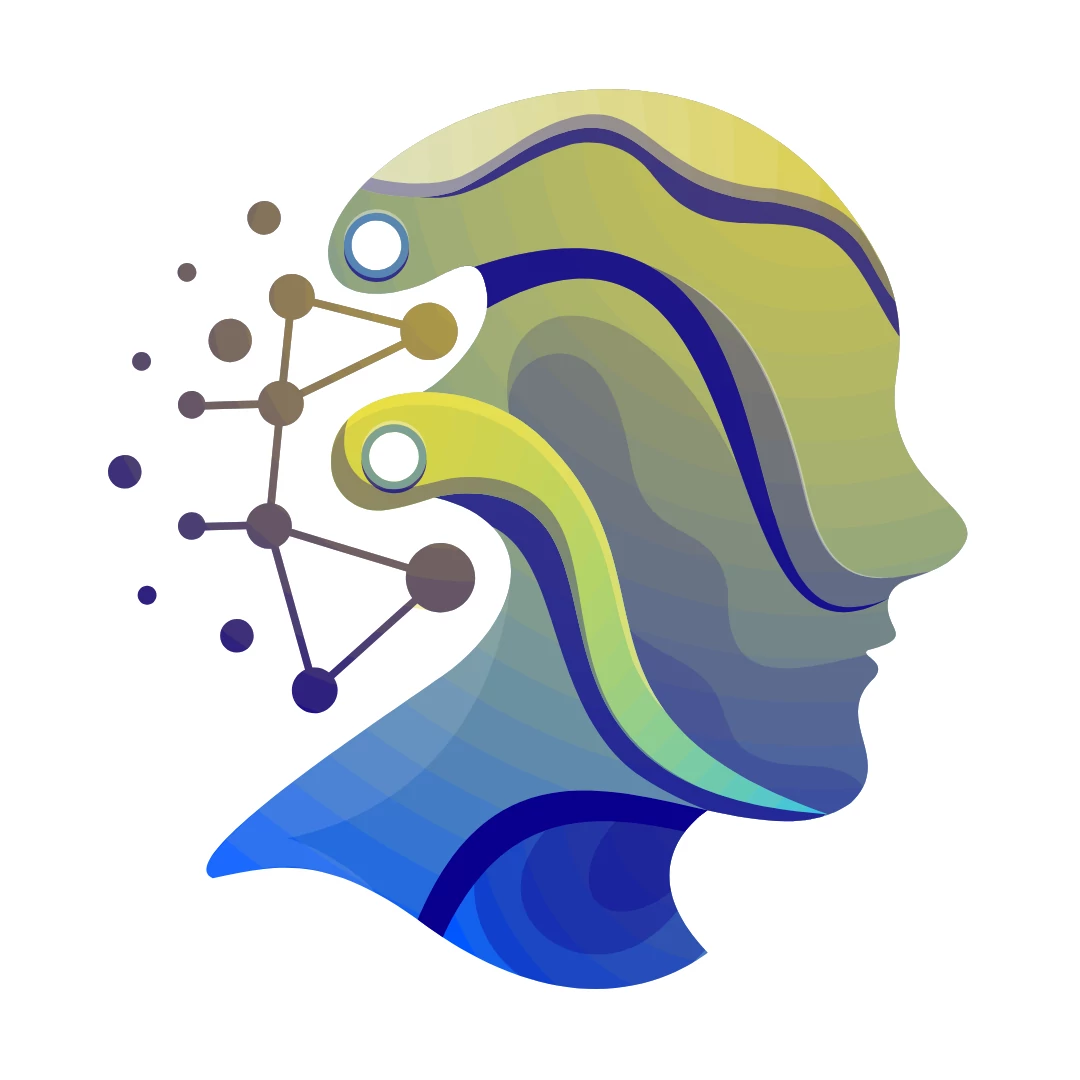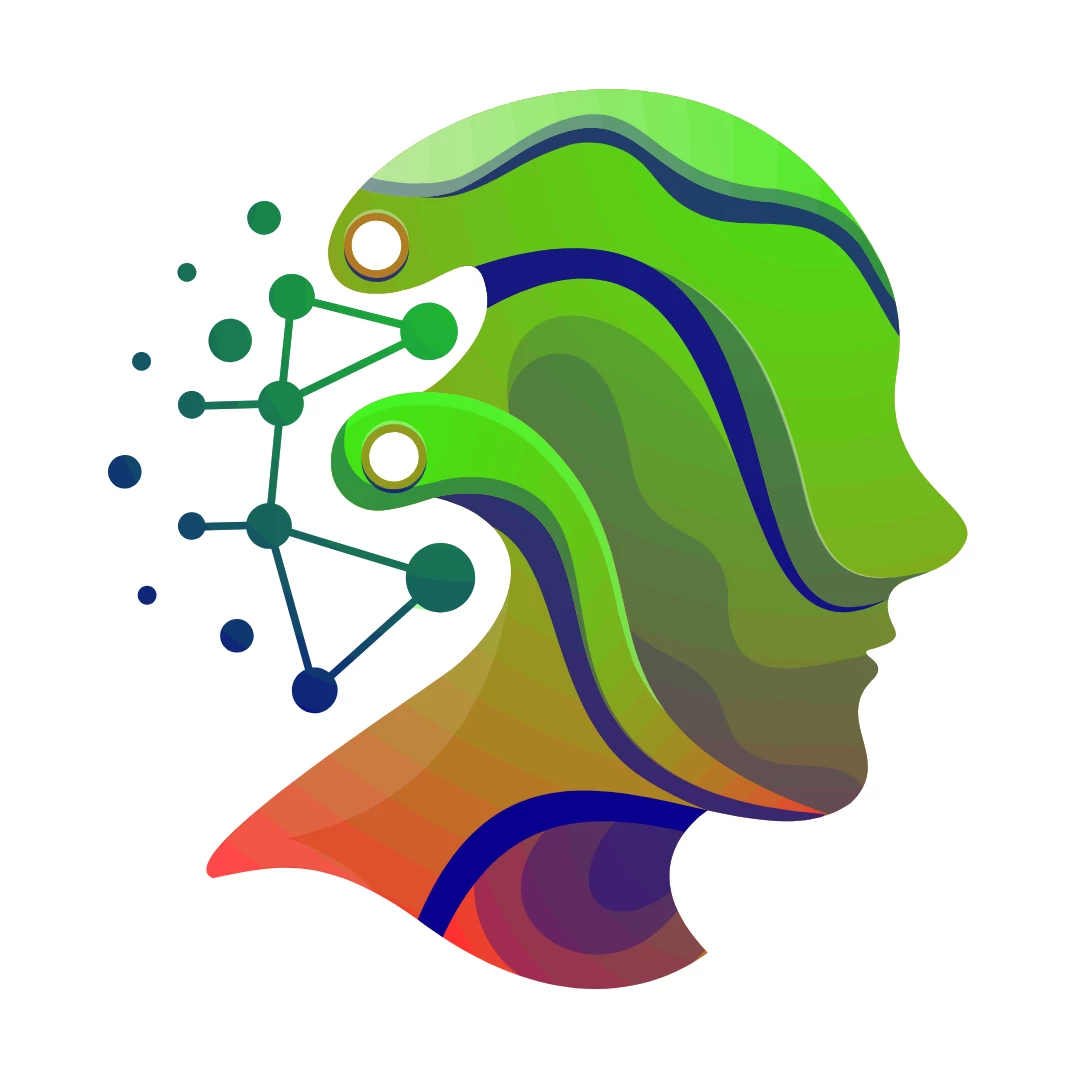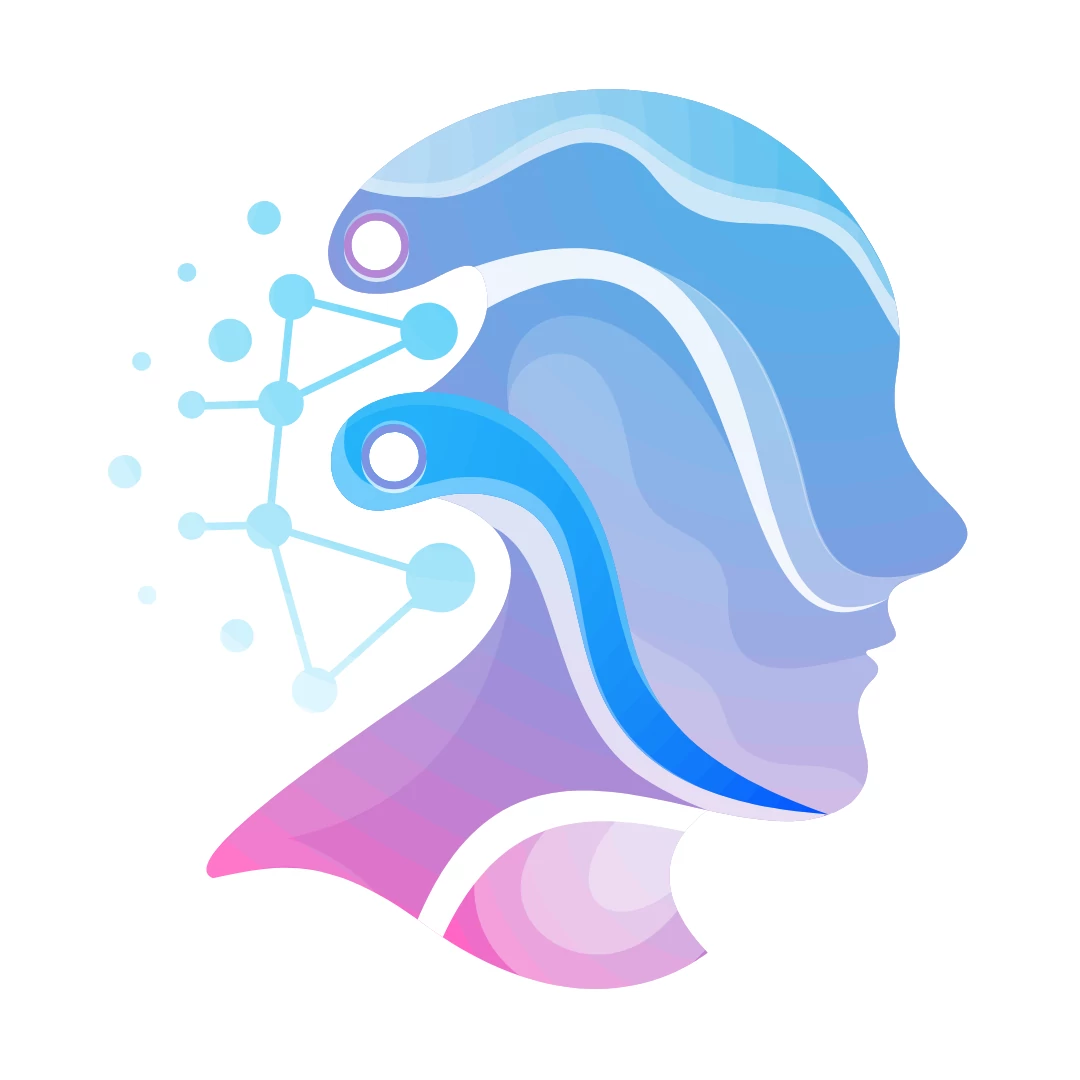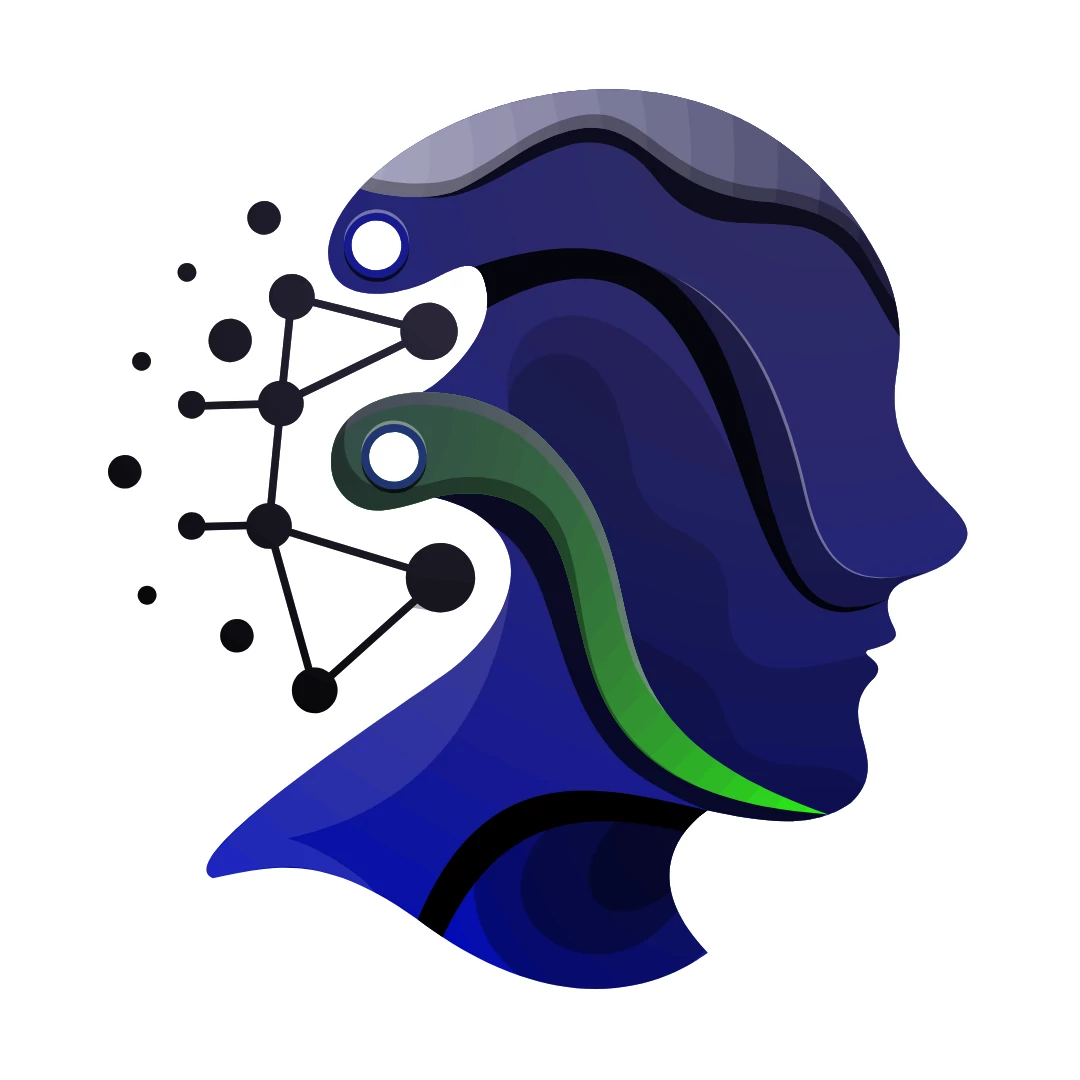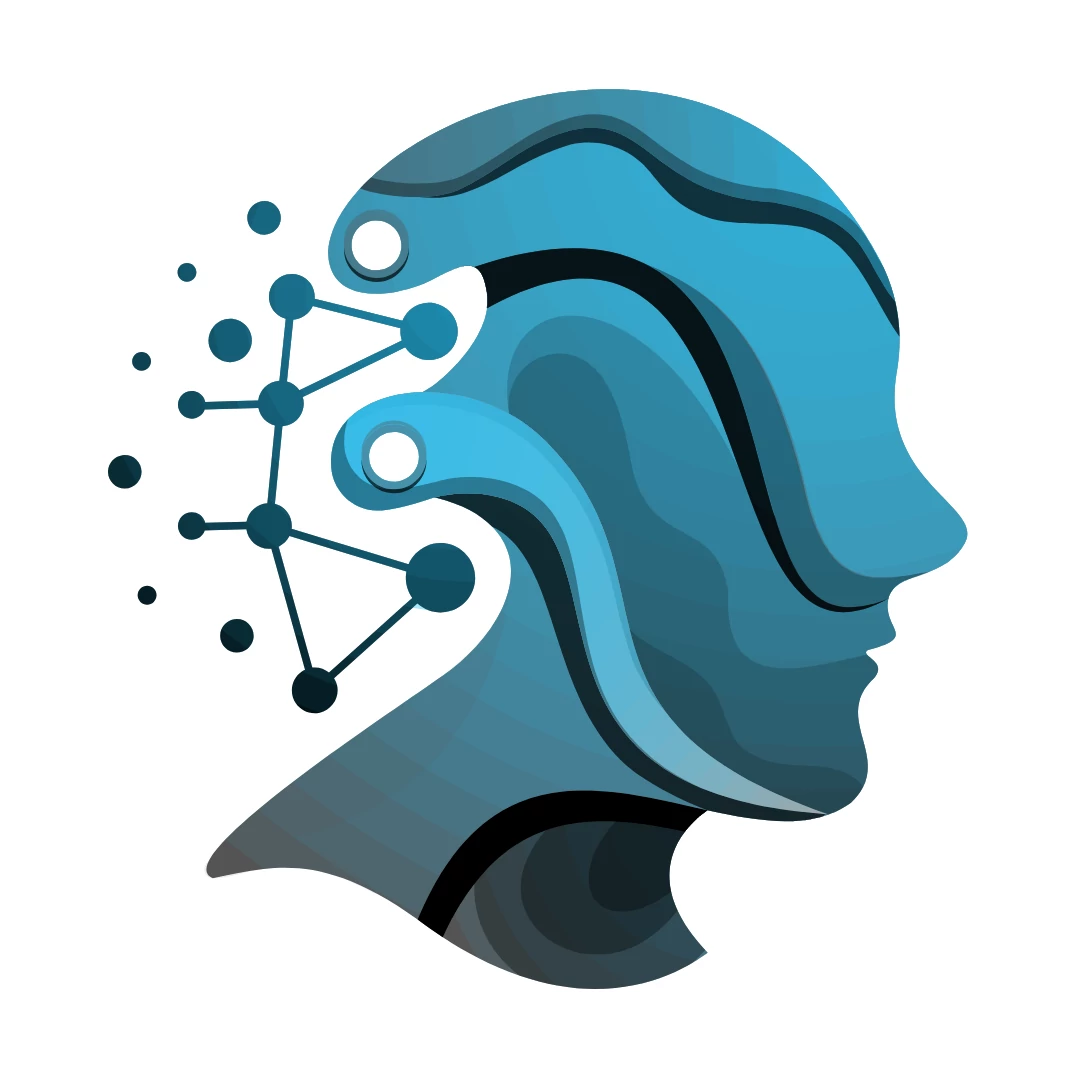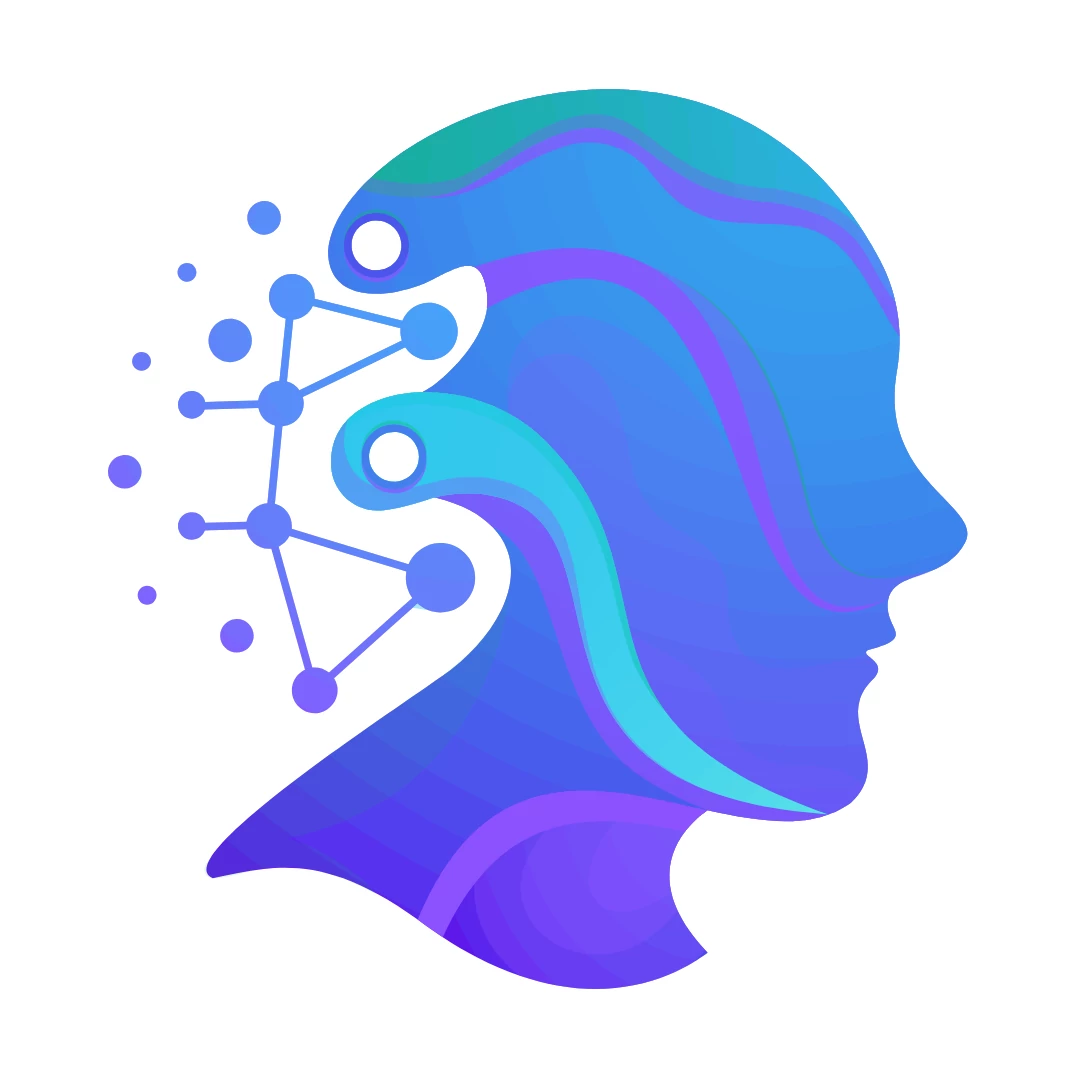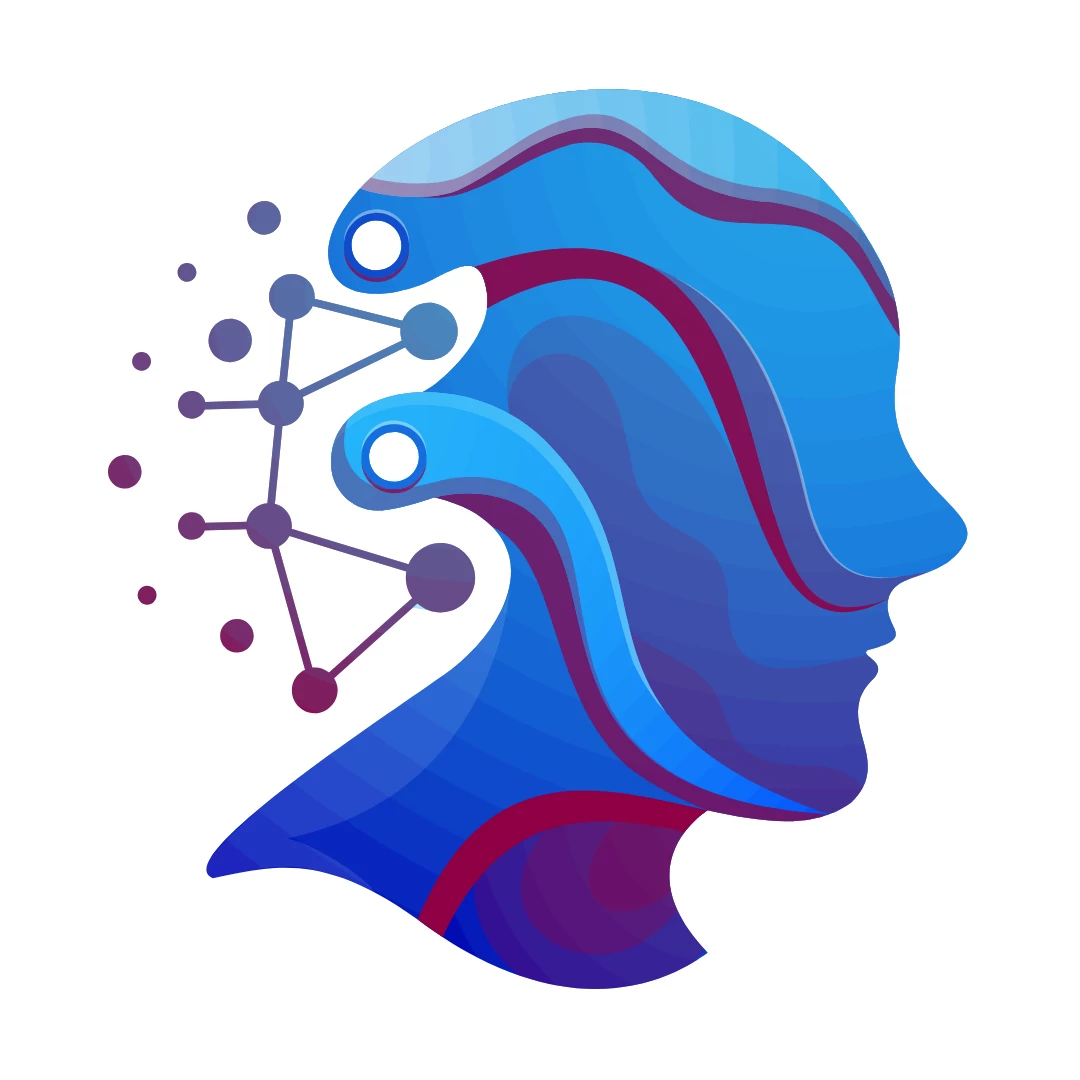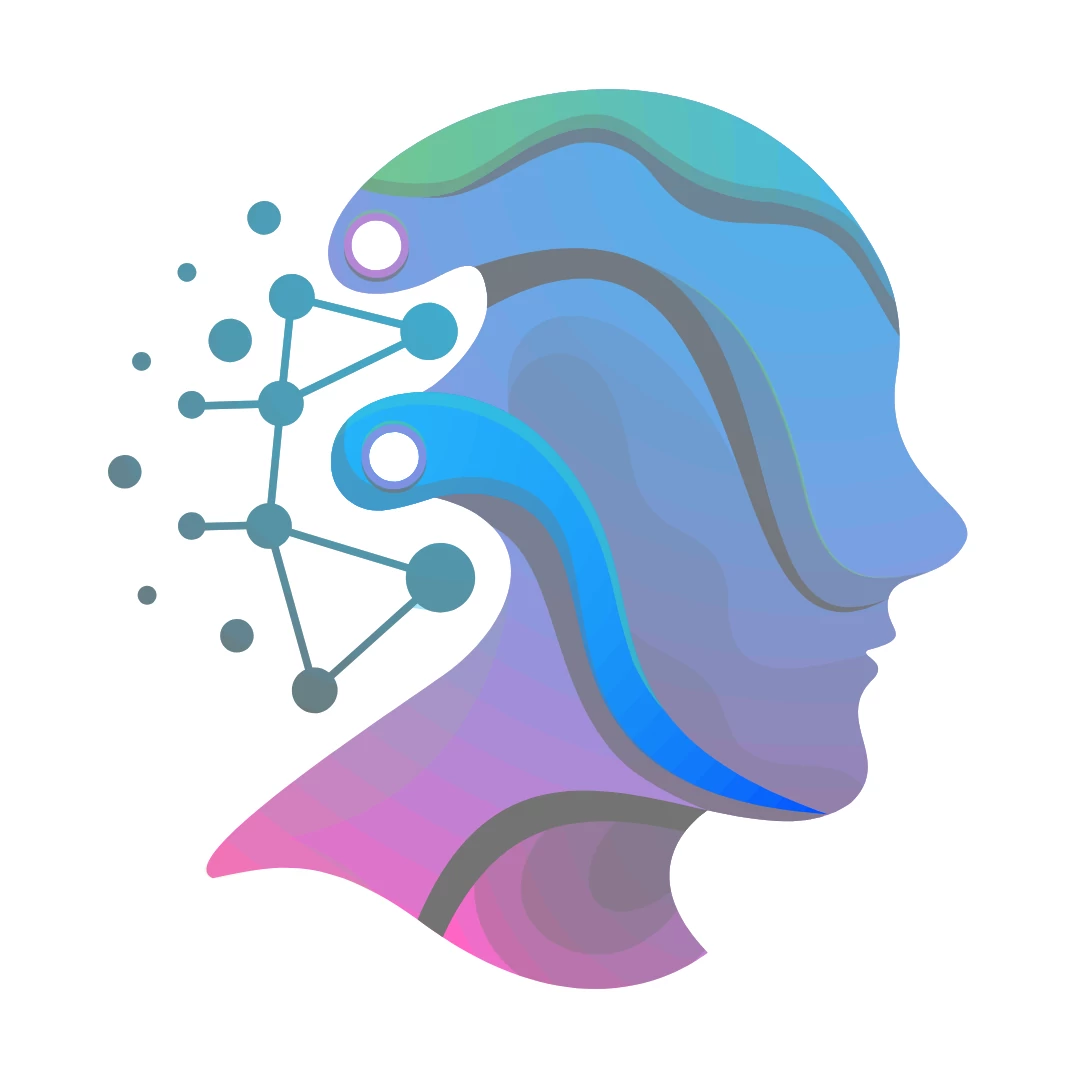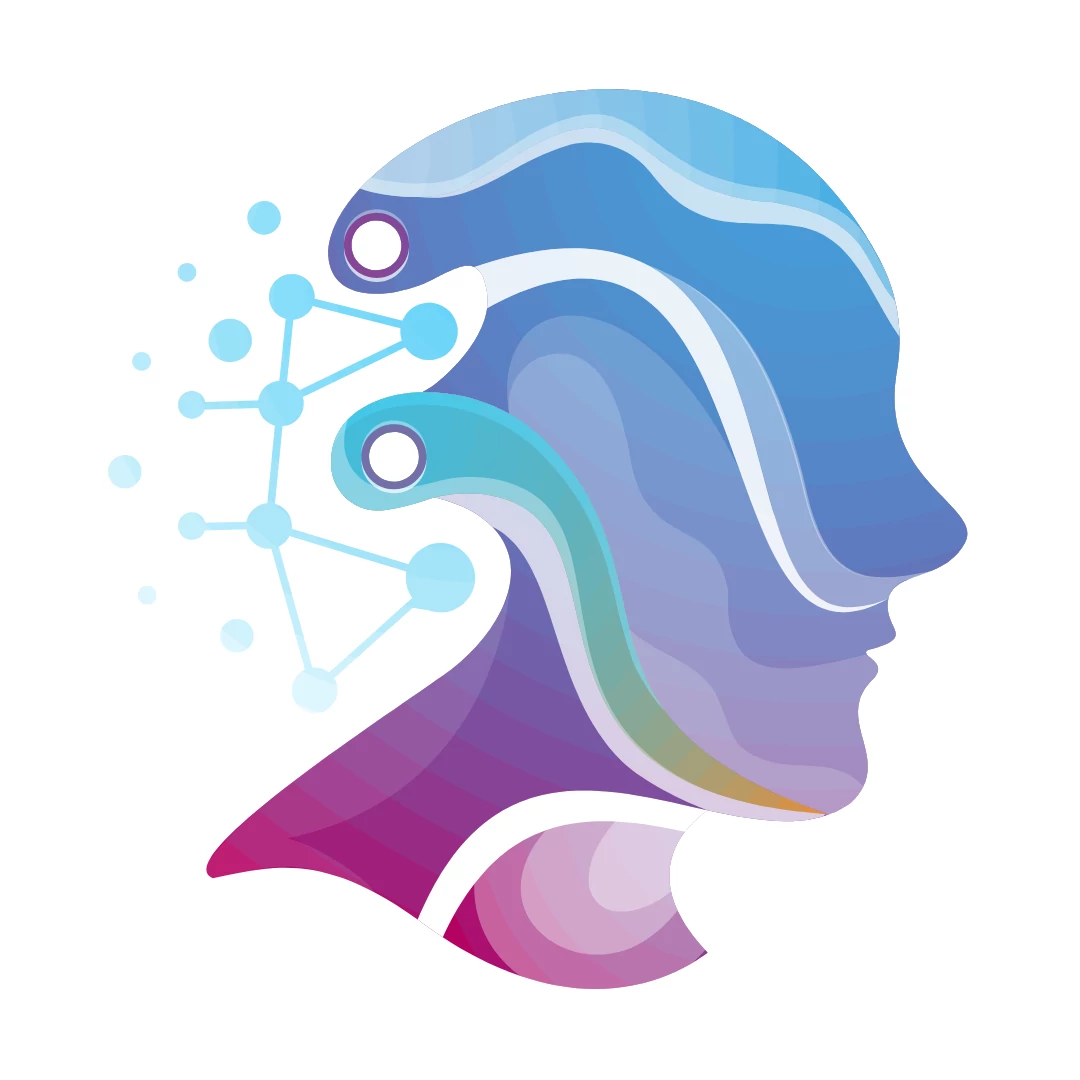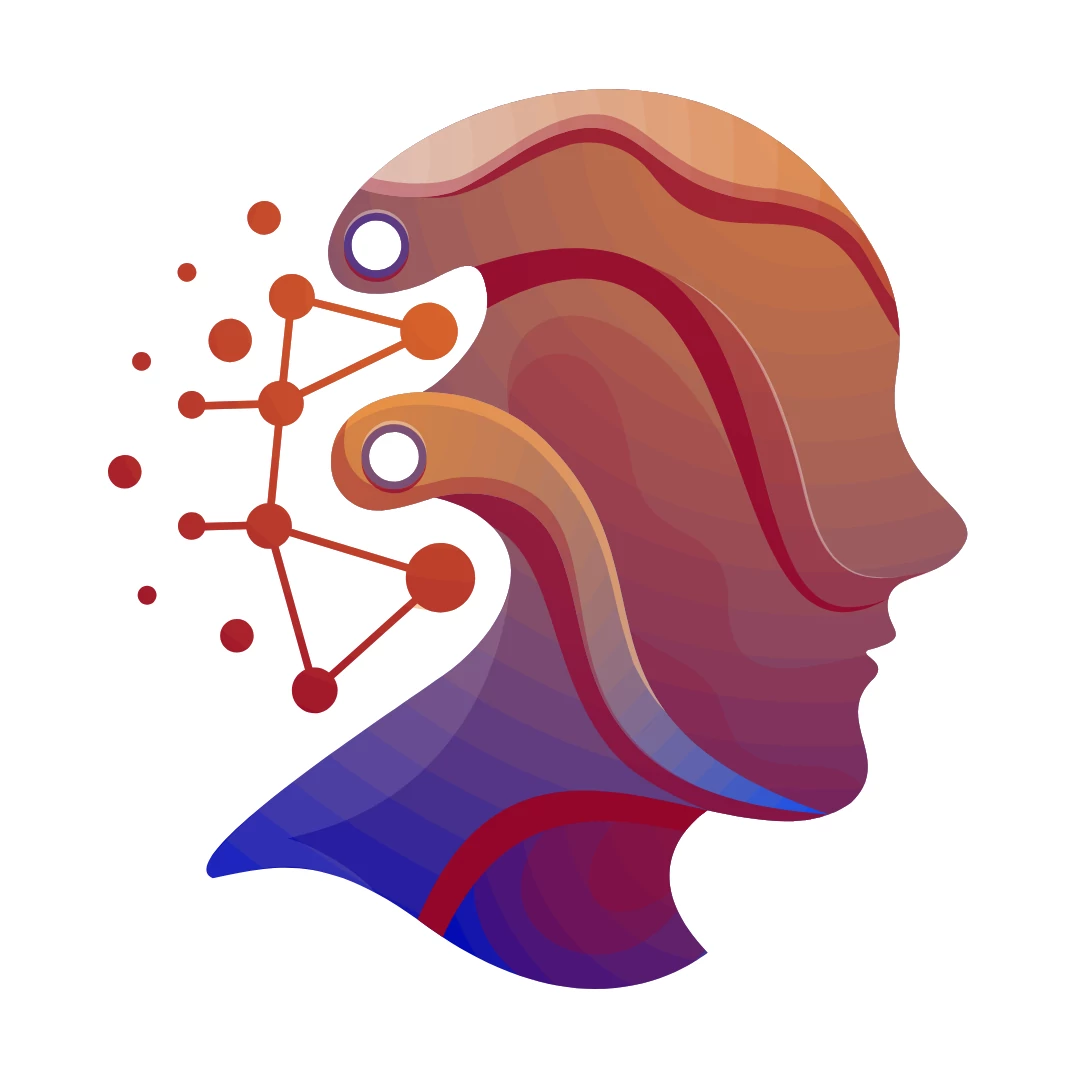The End of the AI Safety Debate
For years, researchers, ethicists, and policymakers warned about the potential dangers of unchecked artificial intelligence development. They debated p(doom) probabilities, AI alignment strategies, and regulations that could prevent catastrophe. But today, that conversation has all but collapsed.
The frontier AI companies—OpenAI, Anthropic, Google DeepMind, and others—are no longer talking about pausing progress or carefully evaluating existential risks. Instead, they are racing to roll out increasingly advanced models with one primary focus: dominance. AI safety has gone from a core concern to little more than a PR footnote.
The Cost of AI is Dropping to Near Zero
One overlooked aspect of AI acceleration is the rapidly declining cost of training and inference. Just a few years ago, training a state-of-the-art AI model required billions in compute. Today, open-source models can be fine-tuned on consumer GPUs at a fraction of the cost.
API access to powerful AI systems is also getting cheaper every month. What once cost hundreds or thousands of dollars now costs pennies—or nothing. Companies are aggressively cutting prices, and innovations in efficiency are making AI accessible to virtually anyone.
China’s AI Revolution Despite GPU Restrictions
The U.S. tried to limit China's access to advanced GPUs like NVIDIA’s A100 and H100, hoping to slow AI progress. That strategy has largely failed. Chinese labs now train capable models on less powerful hardware, optimize software stacks, and produce domestic chips that are closing the performance gap.
The AI arms race is now fully global, and the idea of containing AI development has become unrealistic.
Bad Actors and AI-Powered Scam Bots
- Automated scam bots that hold realistic conversations and socially engineer victims.
- Deepfake videos, voice synthesis, and fake identities bypassing verification systems.
- AI-enhanced hacking tools that automate reconnaissance and attacks at scale.
As costs drop, these tools are accessible not just to nation-states but to low-level criminals. Defenses are struggling to keep pace.
The Job Market is Collapsing Under AI-Generated Content
The idea that AI would merely “augment” work is fading. Industries hit hardest so far include:
- Copywriting & Journalism: AI can create high-quality articles at scale.
- Graphic Design: AI tools generate visuals in seconds.
- Customer Service: AI chatbots are replacing human agents.
- Video Production: AI-generated ads, presentations, and entertainment content.
Possible Futures
1. Regulatory Crackdowns
Governments may introduce strict AI rules, but by the time they do, AI development could be beyond effective control.
2. The AI Bubble Bursts (Or Not)
Some believe AI will plateau, but even current capabilities are disruptive enough to permanently reshape economies.
3. Acceleration to AGI
If AGI is achieved, it could reshape civilization in unpredictable ways—both good and bad.
Could AI Be Hitting Its Limits?
Some researchers argue AI is just a glorified autocomplete system, with limits that prevent it from matching human intelligence without fundamental breakthroughs.
- Lack of True Understanding: AI predicts patterns but doesn’t truly “know.”
- Efficiency Gap: The human brain runs on ~20W; AI needs megawatts.
- Generalization: AI struggles outside its training scope.
- Creativity & Common Sense: AI lacks deep originality and intuition.
If these limits hold, rapid AI progress might be more beneficial than dangerous—augmenting rather than replacing human intelligence, at least for now.
